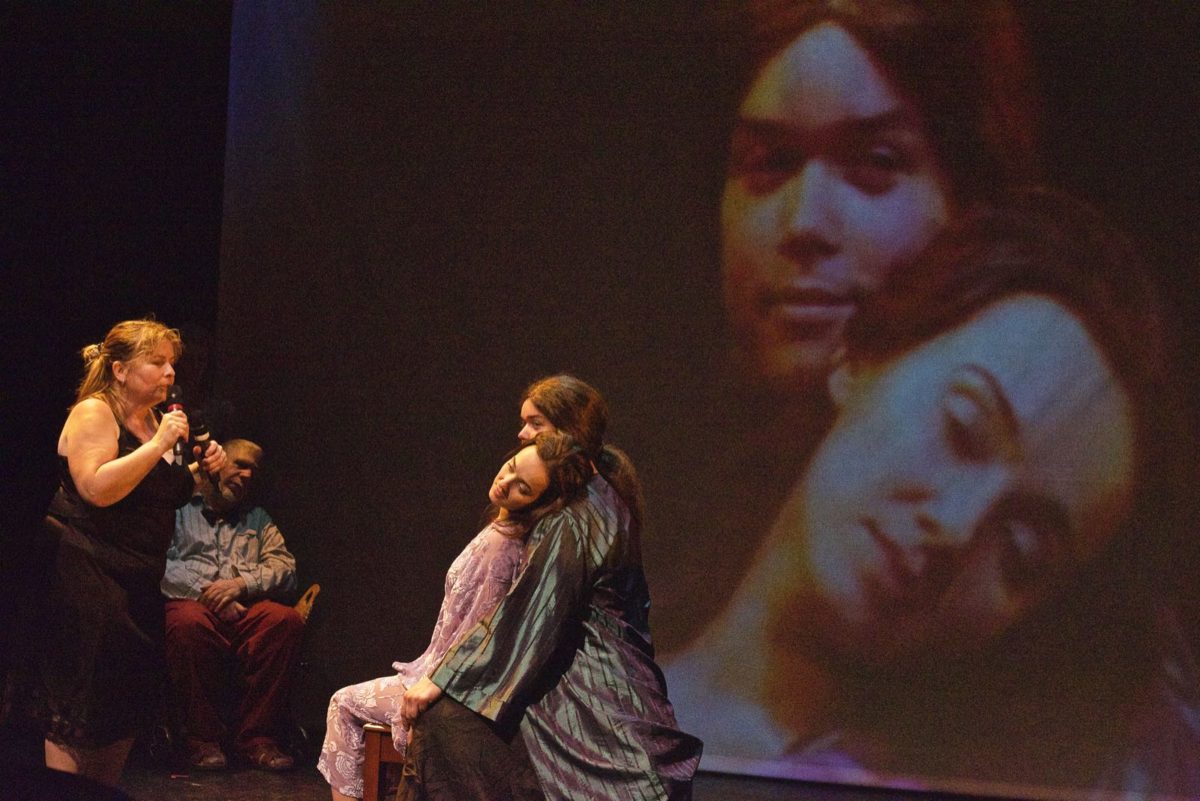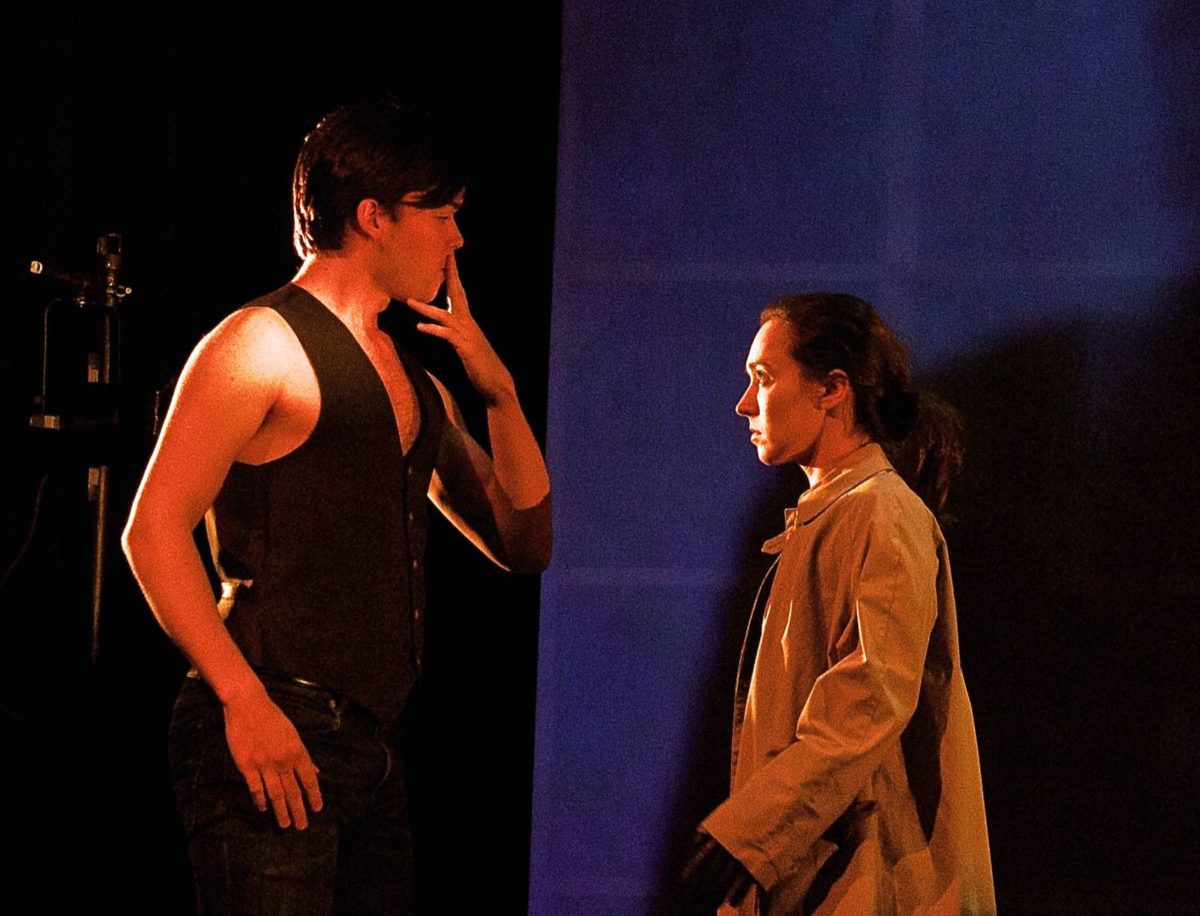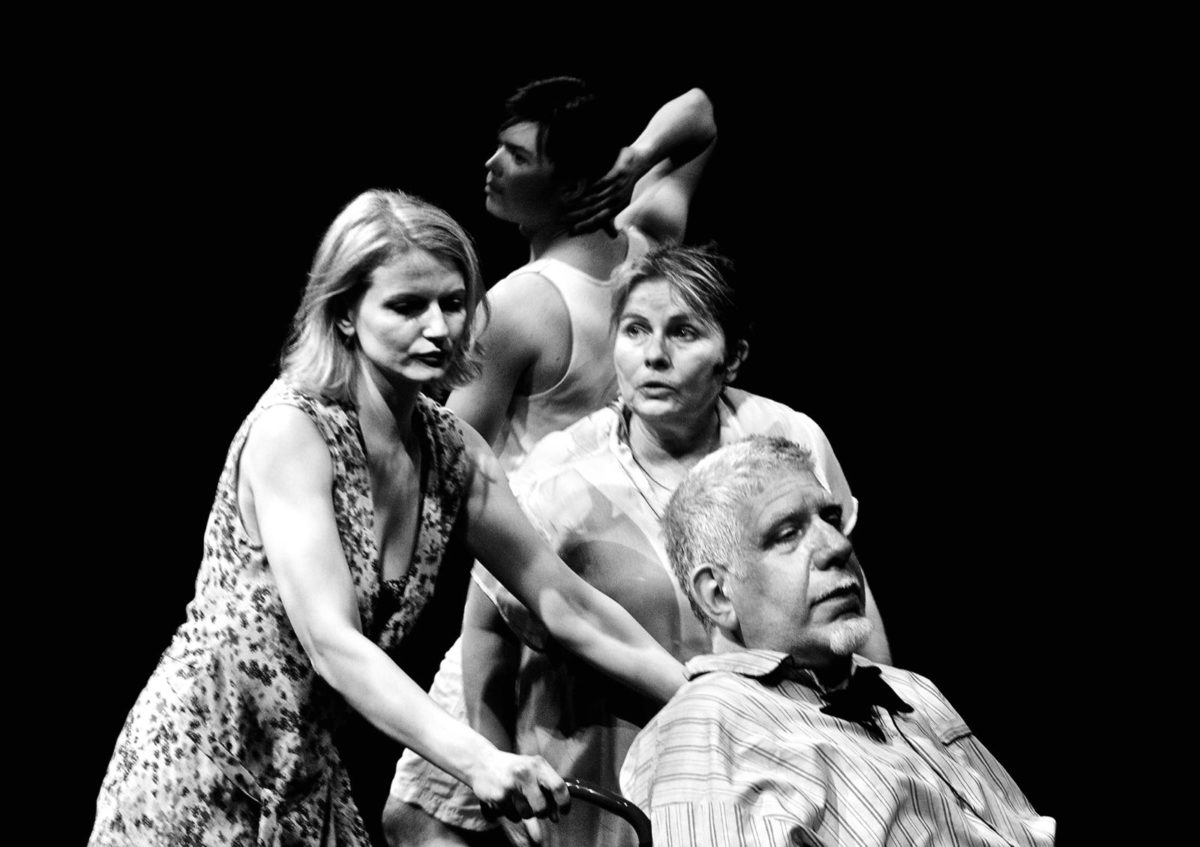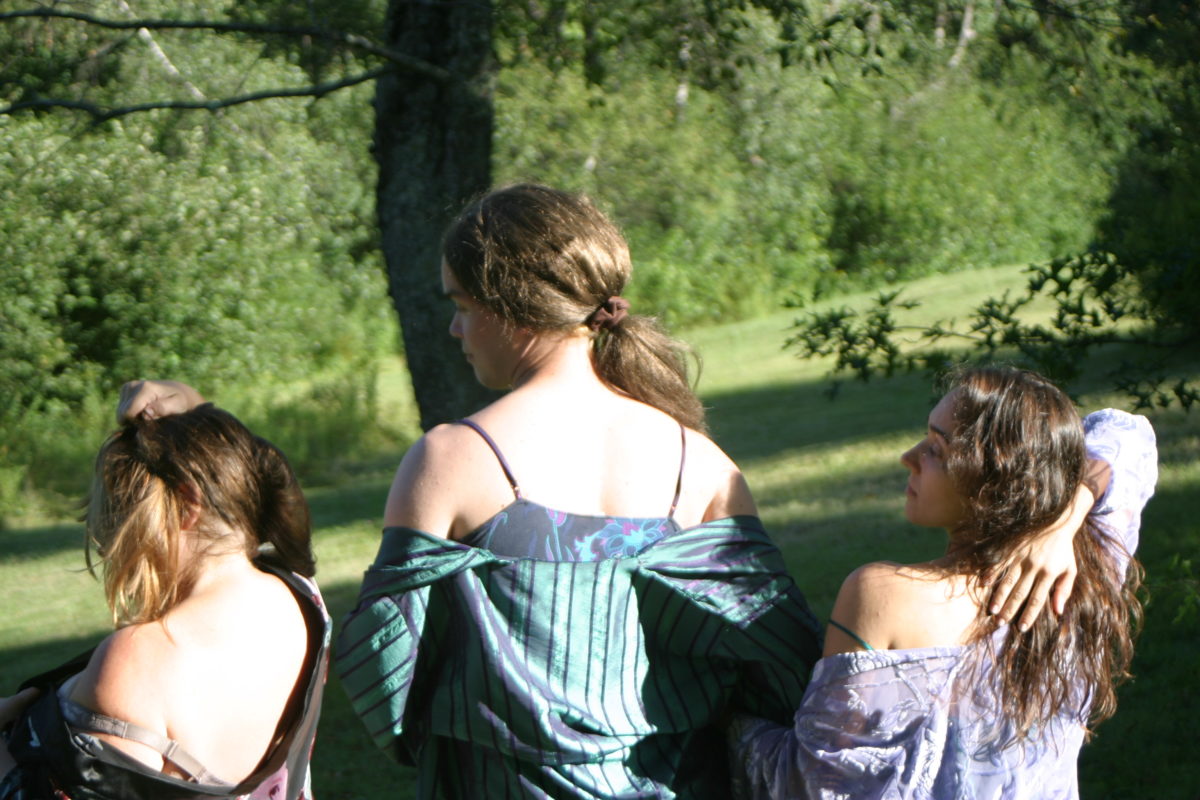Adam Strandberg graduated from MIT in 2014 with a degree in physics. While a student, he was in 20 theatrical productions, from David Mamet’s Speed-the-Plow to Martin McDonagh’s The Pillowman to William Shakespeare’s The Tempest. He received the Wiesner Student Art Award for his contributions to the arts at MIT. Recently he made his New York theatrical debut in Anna Kohler’s experimental play, Mytho? Lure of Wildness, which premiered at Abrons Arts Center in December 2016.
Interview with Adam Strandberg
Was there any overlap for you in physics and theatre?
Lots of people get surprised by the physics-theater combo. I’ve always tried to come up with a good connection between the two, like what it is that unites the two things. And I think that they’re both about trying to find the core or the essence of some problem or some phenomenon. They’re both very much about that.
The best theater is about finding some core component of the human experience. And the best physics is about finding some core component of the way that the physical universe operates.
When I came to MIT I was originally intending to be a biological engineering major, but then I got roped into doing physics when I took 8.012, the introductory classical mechanics course, which I really loved because it just felt like I was constantly getting these insights about the way that the universe worked, and I guess theater felt similarly.
You not only acted in numerous productions at MIT; you also directed some substantial plays, like End Game and No Exit. Do you prefer acting or directing?
The answer that I came to for myself is that I prefer acting, when I’m working with a director I like, and I prefer directing otherwise.
Directing styles vary. Is there something that all good directors have in common?
A director needs to have a commitment to collaborative experimentation. So, they need to have both respect for what the actor is bringing to the table and also to be bringing something to the table themselves. You’ll get directors who just tell people what to do and don’t get much back from the actor, and that’s really annoying. And then you also get directors who have the failure mode of leaving too much up to the actor and not providing tight enough feedback. As an actor, you’re doing stuff and can’t watch yourself. You need tight feedback. There’s a very important balance there between allowing the actor to bring things to the table and bringing things to the table yourself.

Mytho? Lure of Wildness, Anna Kohler’s latest project, is a nonlinear multi-sensory play that draws on her own artistic awakening as a young actress working as an artist model in France. It incorporates Bresson films, Matisse paintings and Cors tango. It also relies on real time video editing and ASMR technology to engage the senses. For Mytho?, what was the rehearsal process like?
In late August, we did a little retreat at Anna’s cabin in Western Massachusetts. That was very interesting. It was a more immersive rehearsal process than I had ever been in because everyone was either living in this cabin or in tents. I was sleeping in the loft of a barn.
We were there for about ten days. Every day we would rehearse for 6-8 hours. The majority of that rehearsal process was about taking the second act, which is about Anna’s time in the South of France, and fragmenting it and complicating it and turning it into this sort of multi-plexed, parallel, sort of free-jazz theatrical piece.
We had a bunch of scenes that we knew we were interested in doing. And initially they had been in the script in sort of linear order. What we played around with was we had a table that was full of all the different scripts of the scenes. And then Caleb would stand there, and as an experiment, would yell out while we were in the middle of a scene, ‘Switch to this scene. Switch to that scene. Switch to that scene,’ which was a really interesting experience as an actor because you can’t —in the way that you would with traditional plays—rely on this psychological internal narrative through-line, because you have to be constantly dropping things and picking up in a totally different scene.
That was a really good growth experience for me as an actor, because so much of my training had been in developing these through-lines. It became uncomfortable for me at a lot of points to just be dropping things and picking things back up. But I felt that was actually a freeing experience.
So, we were improvising these background scenes, and then having things pop up in the middle of them. Then, on top of that, Caleb and Anna would go at the end of the day and they would talk about the script and have revisions. Then we would bring those in and improvise with the revisions. So, it was this constant collaborative experimentation.
What was your role in Mytho?
I played an art student. I played a guy on the beach in a speedo. I played several birds. I also played a female artist model, later on, which was very fun. I think I counted it, and I had something like 15 or 20 characters. Some of them were just in and out. That was really fun.
Do you have any advice for MIT students who want to pursue theater?
If you want to do theater, but you’re concerned about time, there are lots of different ways that you can develop it without necessarily stressing yourself out too much. So, for one, taking theater classes is a very good way. Unlike other classes, which tend to be sources of stress, they’re actually ways to relieve stress. You end up, in most of these acting classes, starting off with physical warm-ups. Every time I’m not working on a production, or in a class, I miss that regular structure of just going in and doing a half hour of physical warm-ups, getting in touch with your body. That’s very relaxing.
When you’re working on stuff—depending on the sort of work that you’re doing, sometimes it’s not necessarily relaxing, sometimes it’s stressful—when it’s stressful, it tends to be cathartic. You’re working with pieces of yourself that you didn’t realize you were working with. You discover important tangles that become undone in the process of working on a scene. So, there’s a great sense in which theater classes—even though, yes, they take time, because you have to come to the class and you have to work on whatever it is you are working on outside of class—I think they end up being net sources of energy for people.
Similarly with theater productions—I’m not going to pretend that theater isn’t a huge time investment, especially around tech week, because it is—it is a huge time investment. And then when you’re in tech, often you’re barely getting any sleep because you have like 15 p-sets, or whatever. But I think that even though the process of putting it on is exhausting, the performances themselves can be a tremendous source of energy.
If you feel that a performance is too much time investment, you can do things like participate in staged readings. I’ll put in a little plug—Anna does an It’s Alive reading series.
Mytho? was your New York debut. Do you have any good anecdotes from the run?
Steve Buscemi came to our final dress rehearsal. That was a trip. So my go-to party story nowadays is that Steve Buscemi has seen me naked. As far as good party anecdotes go….








